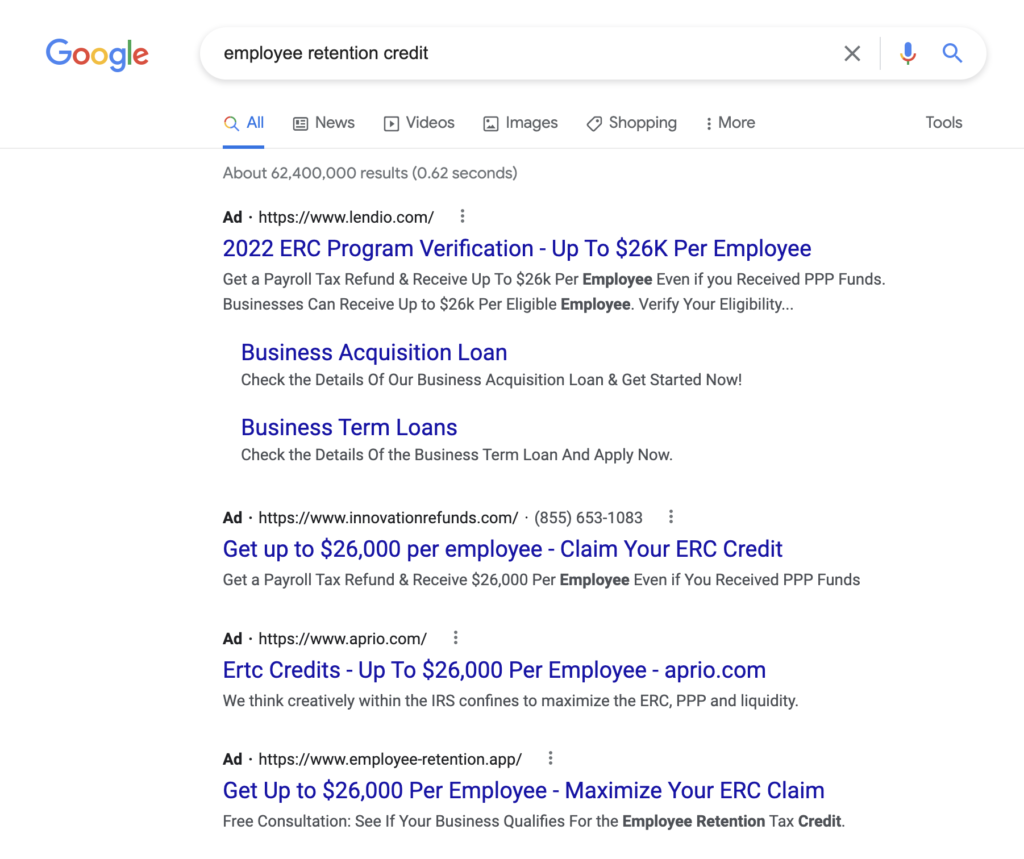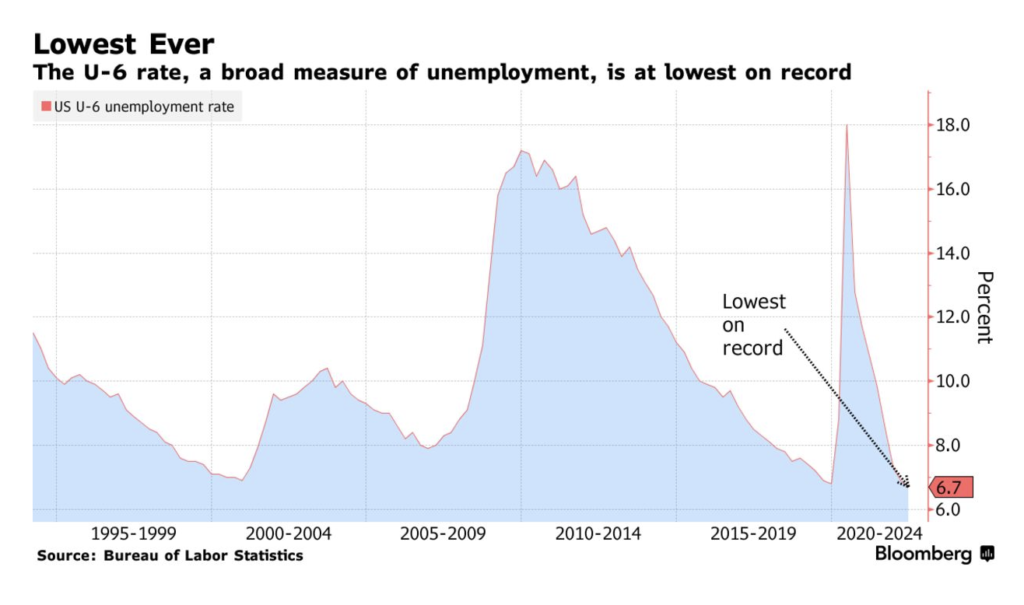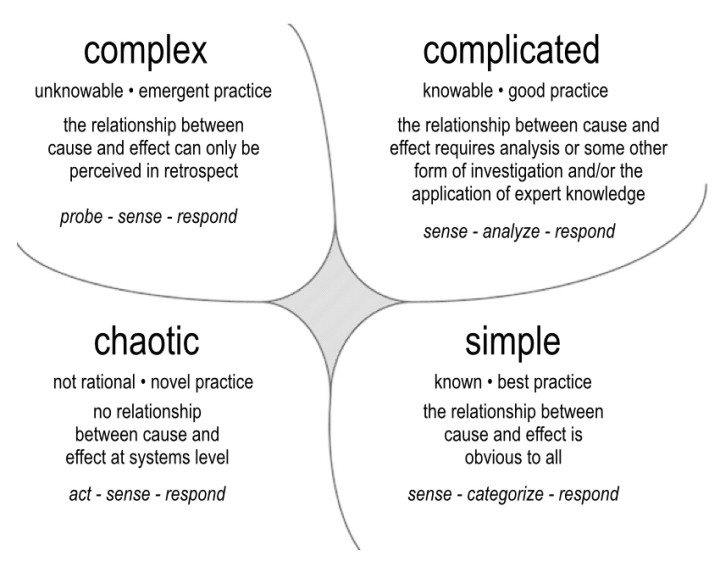I was having lunch with a friend last week who leads HR at a Fortune 500 company. They just finished a large round of layoffs and are preparing for more. After years of taking free tax credits to keep people at work, quite the opposite is happening now.
It’s almost like after being stuck at home and keeping payrolls to comply with government laws, everyone is going through a great reset. But before we talk about the path forward, it’s helpful to understand a little about where we have come from.
One of the biggest reasons for the reset we are going through now, is that for years there was little to no change in many corporate payrolls. The impacts we are feeling now, comes from two years of not making any changes. At all.
Governments of the world encouraged businesses to keep their employees on payroll regardless of whether or not they were actually working. It didn’t matter if you had a great employee or a toxic one, you simply completed a form that had the number of full time employees on your team, and got paid for it.
This lead to nearly 40% of people starting a side hustle, and companies seeing employees as nothing more than $26,000 in free tax credits.
$26,000 Per Employee
Just look at what you still see, even in 2022, if you search for employee retention credit on google. It’s simply focused on the $26,000, instead of about hiring great people to do their best work.

Now we enter into a time period of rising inflation and a tight labor market. At the same time, businesses still have many people on their payroll that probably shouldn’t be there.
For a moment, let’s consider the impact ERCs have had on the business landscape, and what challenges that might pose in the future. Government programs were designed to help make sure that employees could retain their jobs and businesses would remain open. Especially local businesses. Everyone recognized that in general, the Employee Retention Credit was a necessary thing durning global lockdowns.
The Shift to Remote
But even while ERCs were intended to keep people at work, a majority of businesses that were able to do so, moved to a completely remote environment. So, the risks of catching covid were way down, and yet company after company continued to claim retention credits.
For many employees and employers, the situation worked well for a time, but now that COVID regulations no longer exist, how and when do employers insist that everyone returns to the office? How do you shift your mindset away from trading full time employees for tax credits? Who has been quietly quitting while collecting a paycheck?
There was a certain unspoken agreement during the ERC era, even if CEOs didn’t talk about it. Companies didn’t care about productivity because firing team members wasn’t in their best interest. They’d lose the tax credits. And on the other side of the equation, team members didn’t want to quit jobs that they didn’t have to quit.
A Tight Labor Marketing (That’s Exhausted)
One thing is certain. As leaders, we are going to have to reset goals, have clear strategies and most importantly, have clear conversations with our employees. The great reset is inevitable for most companies, regardless of industry.
To make matters worse, many HR teams are under pressure to deal with a workforce that is exhausted. The last two years have taken their toll on everyone, whether we admit it or not. People have had to restructure their entire lives. And at the same time unemployment is at record lows, and wages continue to spike for many workers.

Think about the data above. There are millions of people that might not be in the right job today. And on top of that, 40% of people are thinking about quitting their job soon. And on top of that 50% of companies say they are expecting layoffs in the near future. If ERCs were mean to freeze people at their current jobs, I guess we are going through the great unfreeze.
The Great Reset
Companies have been paid for multiple years not to let anyone go, regardless of whether or not they were unhappy, not contributing, or downright toxic. Two years changed everything, and the future isn’t clear if anything will go back to normal, or even what the new normal is in a hybrid world.
The workplace is currently going through the great reset. Mainly, resetting goals and teams to ensure success in this changing environment.
How to think about the great reset:
- Evaluate your overall team from top to bottom, leave no one out, including yourself.
- Acknowledge that there will be more, not less, team transitions going forward.
- Offer surveys to better understand the well being of your employee. Setup tools like Culture Amp or Lattice to measure how you are doing.
- Be ready to have a plan in place to hire and replace team members that leave during this time. Invest heavily in HR and recruiting talent.
- Make investments in the overall health and well being of your employees. Encourage counseling, education and mental health services.
- Explore the idea of a hybrid workplace and to reshape the hybrid environment to match a changing financial market. Find what works for your business instead of chasing a one-size-fits-all approach.
- Stress the companies financial and future goals. Be candid about current situation and desires for the future, even if it means making fairly radical changes.
The majority of these goals deal with employees and the relationships formed with other members within the workplace. The last couple of years have taught us that the human connection is so important to success, whether it be in business, personal life, or in educational institutions.
Chase Simplicity
Clearly, the work environment has changed. 75% of hybrid or remote workers agree their expectations for working flexibility have increased, according to Gartner. And at the same time work feels more complicated and confusing for many than ever.

How would you rate your workplace? Is it simple and at a times complicated? Or complex and at times chaotic? It’s time to chase simplicity and ditch complexity. Google calls this their new Simplicity Sprint.
How to eliminate complexity:
- Reduce the number of goals down to only ones that matter. If your team has 8 goals, ask yourself if 3 will work instead.
- Eliminate standing meetings that could be replaced with asynchronous work and collaboration.
- Create a new human-centric model for a hybrid environment. Design work/projects around employee-driven flexibility.
- Understand that the current economic climate will foster a need to optimize costs. Review your tools and technology and eliminate waste. You’d be surprised how many companies leverage Box, Dropbox, Google Drive, and Sharepoint at the same time for file storage.
- Use of data collection might be used more for effective results. Consider technology to track productivity, employee engagement, etc.
- Research an ever growing interest in a shorter work week. With inflation on the rise, many companies are finding it difficult to raise pay and attract/retain talent.
When looking at strategies, we must analyze what we already have in place. What have we done in the past that has worked? What hasn’t? There is probably no better place to start than at the beginning. Once we determine our needs, strategies will become clearer.
Candid Conversations
Goals and strategies can be in place, but unless we have open conversations with our employees, we cannot guarantee success. It’s important that we reset our expectations, set clear goals, eliminate complexity, and then follow on with candid conversations to move forward.
How to have more candid conversions:
- Remember the goal is the best outcome for the company and the individual. Companies have big visions and missions, and people want to do their best work in a place that is a good fit.
- Every discussion should be factual and structured. Start by asking employees questions. Listen and be positive. Remember the goal is the betterment of the team.
- Be clear and honest about the issue at hand. No one wants to spend hours hashing out a problem because people are not forthright.
- As employer and manager, it is your responsibility to lead the discussion honestly and factually. Put personal feelings and pride aside.
- With that said, it is okay for you to personalize the issue before the difficult conversation. Empathy can go a long way in conversations that are difficult and often help to drive the best results.
Never has open and honest conversations been more important than in today’s workplace. And with a hybrid model being the model of choice, it is more important than ever that we are taking time to reflect and talk.
Final Thoughts
It is clear to many employers that a hybrid workplace may be here to stay. And that we all need to reset our thinking after a few years of lockdowns, employee retention credits, and added complexity.
Like everything in life, maybe we do best when we revisit everything from the beginning. We go back to the start and what made us great. This is a critical thinking skill called identification. I believe once we have identified the problem, we can then take that information and apply it to the current workplace.
As long as we set clear goals, implement creative strategies, and participate in open conversations, I believe we can stay ahead of changes and problems.
